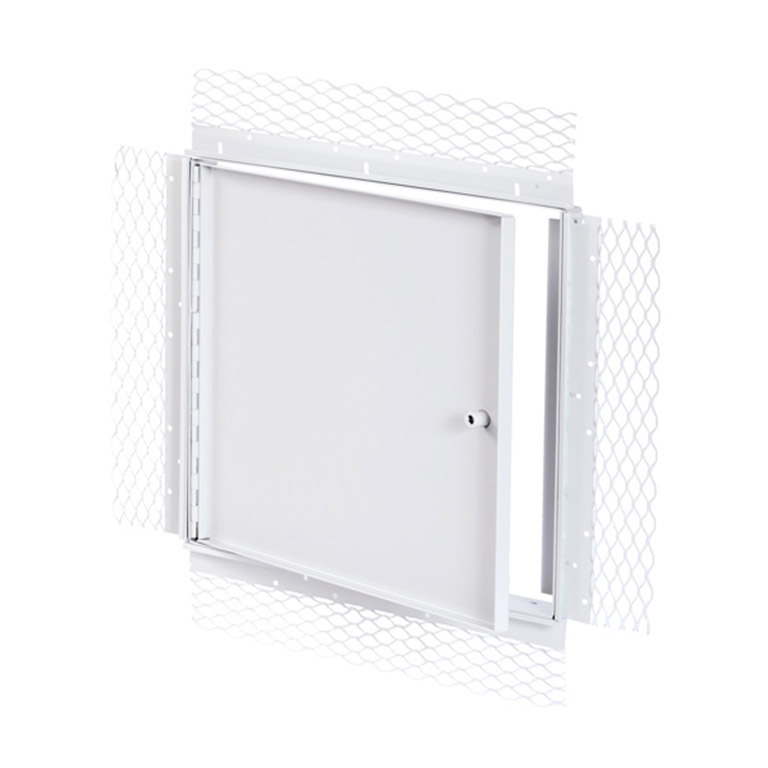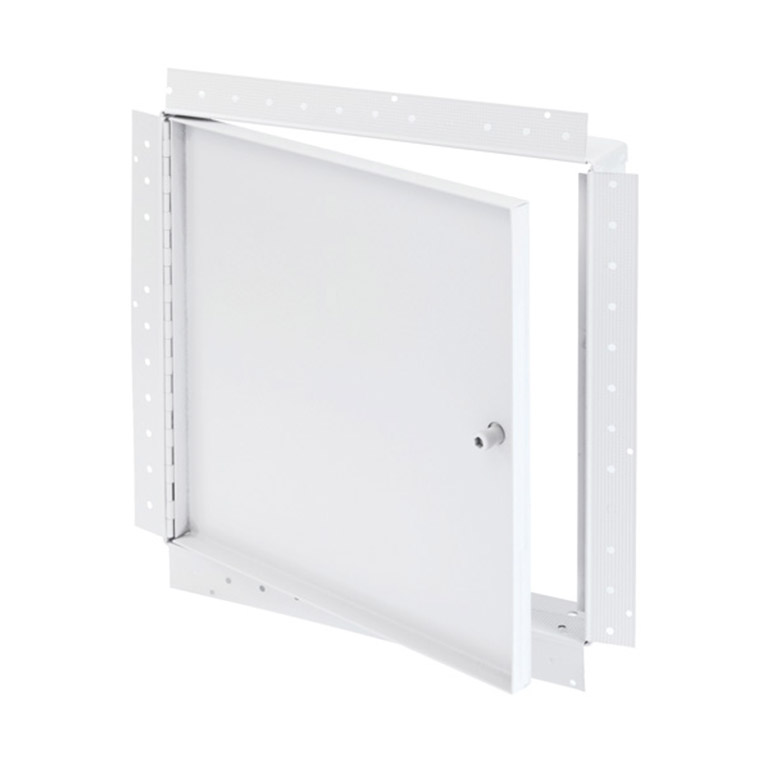 VS.
VS. 
The terms "drywall bead flange" and "plaster bead flange" refer to components used in the installation of wall finishes—drywall and plaster, respectively. The key differences between these two types of bead flanges are related to their material compatibility, design, and application method:
-
Material Compatibility:
- Drywall Bead Flange: Designed specifically for use with drywall, these flanges are typically made from materials like vinyl or metal that easily attach to the drywall panels. They are used to create clean edges and corners, providing a neat finish and added durability at the joints.
- Plaster Bead Flange: These are used in traditional plaster wall finishes. They are often made of expanded metal or wire mesh, which provides a good base for the plaster to adhere to and helps in forming strong, crisp edges.
-
Design and Structure:
- Drywall Bead Flange: These flanges usually have a simpler design as they need to align smoothly with the relatively thin drywall sheets. They may include features like perforations or slots to allow joint compound to seep through and bond securely with the drywall.
- Plaster Bead Flange: These flanges are typically more robust to support the heavier weight and thicker application of plaster. The structure is usually more conducive to embedding within the plaster to enhance the strength and integrity of the edges and corners.
-
Application Method:
- Drywall Bead Flange: Application involves mechanically fastening or adhering the bead to the drywall edges and then covering it with joint compound. The compound is then smoothed out to blend the bead seamlessly into the wall.
- Plaster Bead Flange: The bead is embedded into the wet plaster during application. The plaster surrounds the bead, securing it as the plaster sets, and forms a strong, continuous surface.
Choosing the right bead flange depends largely on the type of wall finish being applied and the specific requirements of the construction or renovation project. Each type is tailored to optimize the performance and appearance of the wall finish it is designed for.
